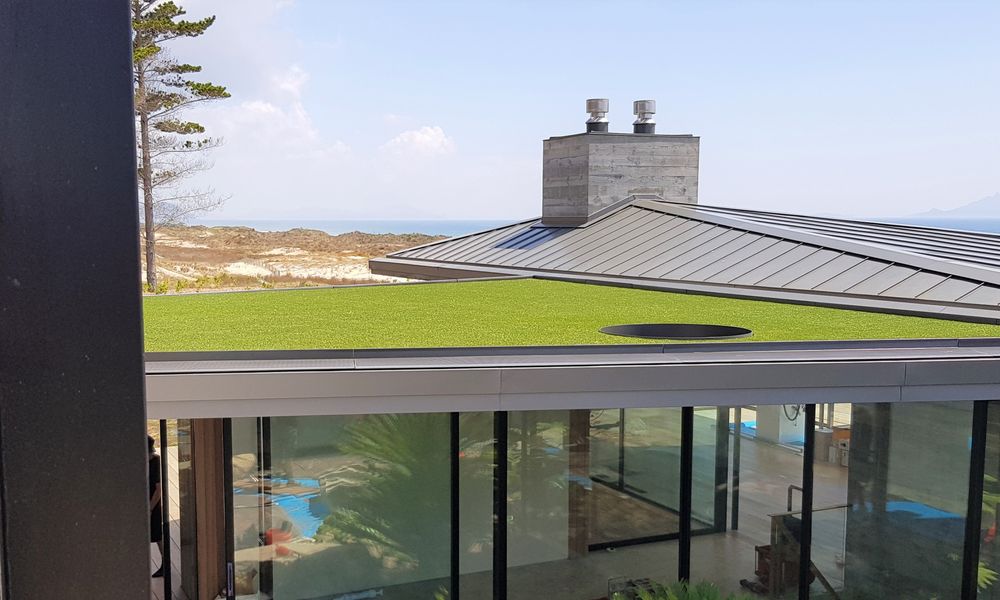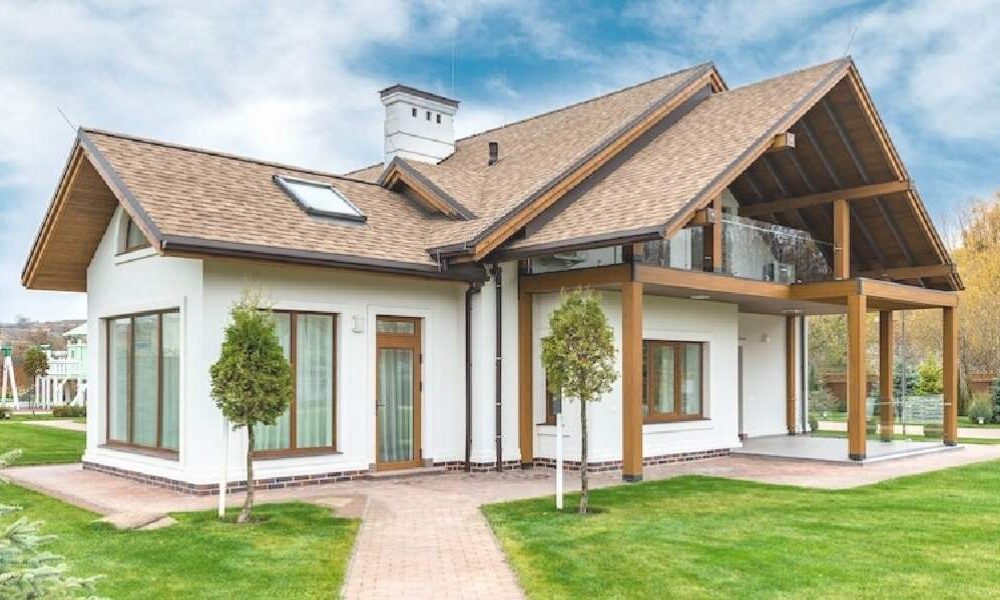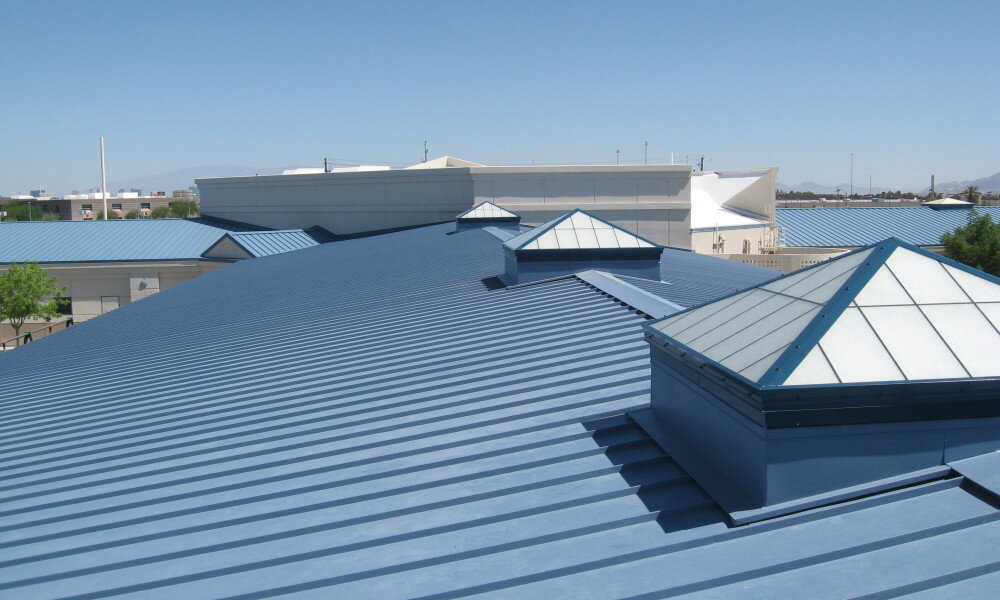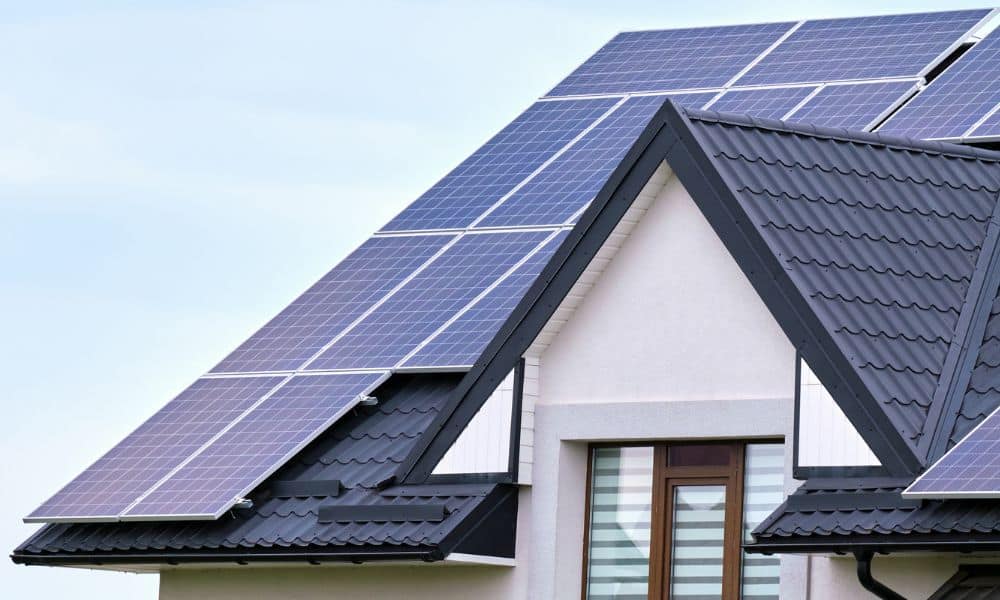With the growing concern for the environment, many homeowners are seeking ways to make their homes more eco-friendly. One of the most popular ways to achieve this is through the use of green roofing. Green roofs are roofs that are covered with vegetation, creating a natural barrier between the interior of the home and the outside world. Over the years, green roofing has evolved to become more efficient and cost-effective.
Early Days of Green Roofing
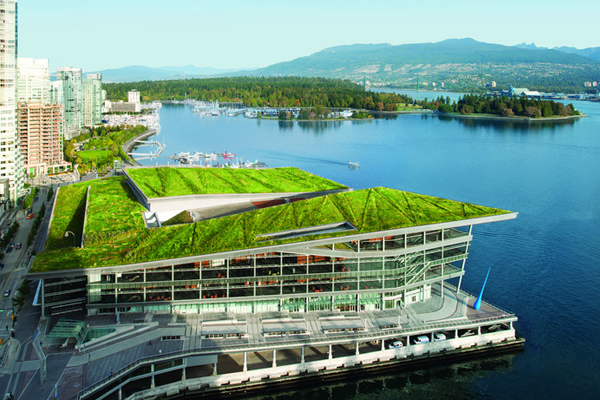
The concept of green roofing is not new. In fact, it dates back to ancient times. The Hanging Gardens of Babylon, one of the Seven Wonders of the Ancient World, are believed to have had green roofs. The Vikings also used sod roofs on their homes, which helped to insulate their homes during the harsh winters.
However, it wasn’t until the 1960s that modern green roofing began to gain popularity. The first modern green roof was installed in Germany in 1962. It was a simple design, consisting of a layer of soil and a layer of vegetation.
The Evolution of Green Roofing
Since the 1960s, green roofing has evolved to become more efficient and cost-effective. Today, there are two main types of green roofs: intensive and extensive.
- Intensive Green Roofs: These are the traditional green roofs that have been around for centuries. They require a deep layer of soil and a variety of plants and vegetation. They can be used as gardens, parks, and even farms.
- Extensive Green Roofs: These are the more modern version of green roofs. They require a shallow layer of soil and are typically covered with succulent plants, grasses, and mosses. They are more cost-effective and easier to maintain than intensive green roofs.
Green roofs offer a number of benefits. They help to reduce the urban heat island effect, which is caused by the large amount of concrete and asphalt in cities. They also help to reduce stormwater runoff, as the plants absorb rainwater and release it slowly over time. Additionally, green roofs help to improve air quality by absorbing pollutants and filtering out harmful gases.
The Future of Green Roofing
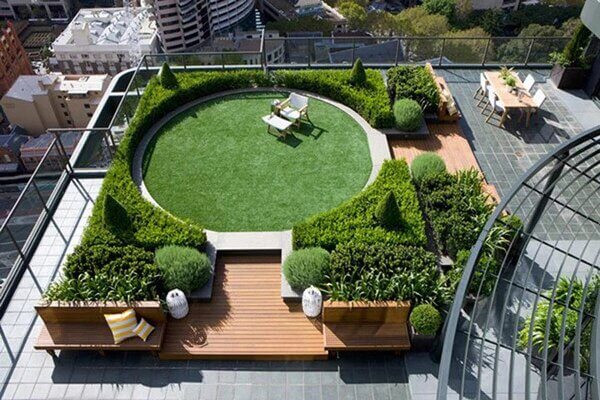
The future of green roofing is bright. As more and more homeowners seek ways to make their homes more eco-friendly, the demand for green roofs will continue to grow. In fact, some cities are now offering incentives for homeowners and businesses to install green roofs.
Additionally, new technology is being developed to make green roofs even more efficient. For example, some companies are developing modular green roof systems that can be easily installed and maintained. Others are developing sensors that can monitor the health of the plants on the roof and alert homeowners when maintenance is needed.
Green roofing has come a long way since the Hanging Gardens of Babylon. Today, it is a cost-effective and efficient way to make homes more eco-friendly. As technology continues to evolve, green roofing will only become more popular and more efficient.


